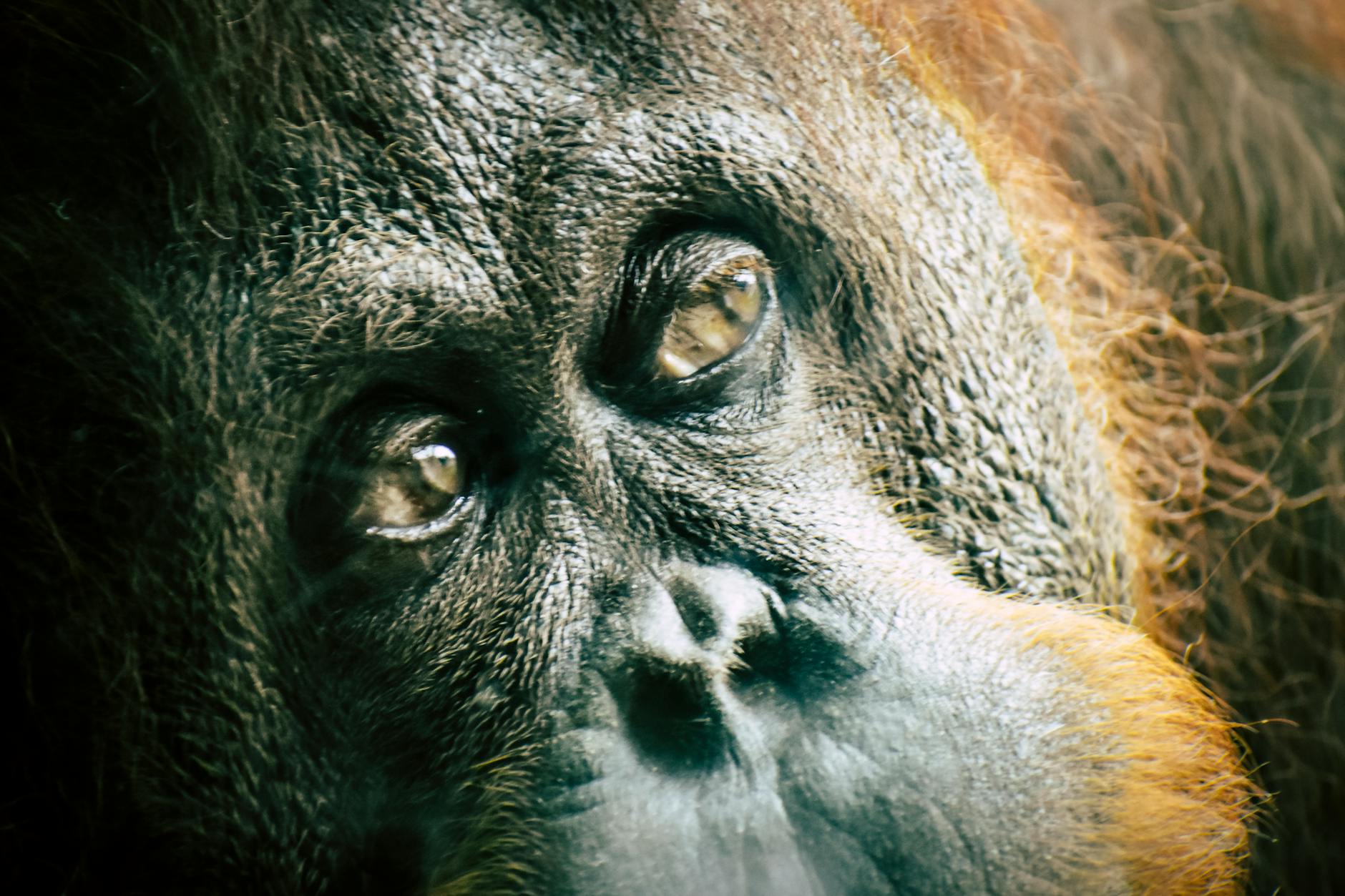
Orangutans are considered highly intelligent primates, exhibiting various cognitive abilities that showcase their problem-solving skills, memory, and even some aspects of symbolic communication. Here’s a breakdown of their intelligence:
Problem-Solving and Tool Use:
- Tool Creation and Modification: Orangutans have been observed using sticks to extract termites from their mounds, leaves as sponges to soak up water, and stones to crack open nuts. They can even modify tools by breaking them into specific shapes for different purposes.
- Puzzle Solving: Studies have shown their ability to solve complex puzzles that require planning, sequencing, and manipulating objects.
Memory and Learning:
- Long-term Memory: Orangutans can remember locations of food sources, escape routes, and even social interactions over extended periods.
- Observational Learning: They learn new skills and behaviors by observing others, particularly mothers teaching their young essential survival skills.
Communication:
- Vocalizations: Orangutans utilize a wide range of vocalizations to communicate, including calls to warn of danger, attract mates, and maintain social bonds.
- Symbolic Communication: Some research suggests they may utilize objects symbolically. For example, waving sticks or leaves might be a display of aggression or dominance.
However, it’s important to avoid anthropomorphization. While showing intelligence in specific areas, they are not “human-like” in their intelligence. Their cognitive abilities are distinct from our own and are adapted to their unique ecological niche.
Overall, orangutans are highly intelligent compared to other non-human primates. Their problem-solving skills, memory, and communication abilities contribute to their success in the rainforest environment. However, it’s crucial to remember that intelligence is multifaceted, and comparisons between species should be based on specific cognitive abilities relevant to their individual ecological needs.






